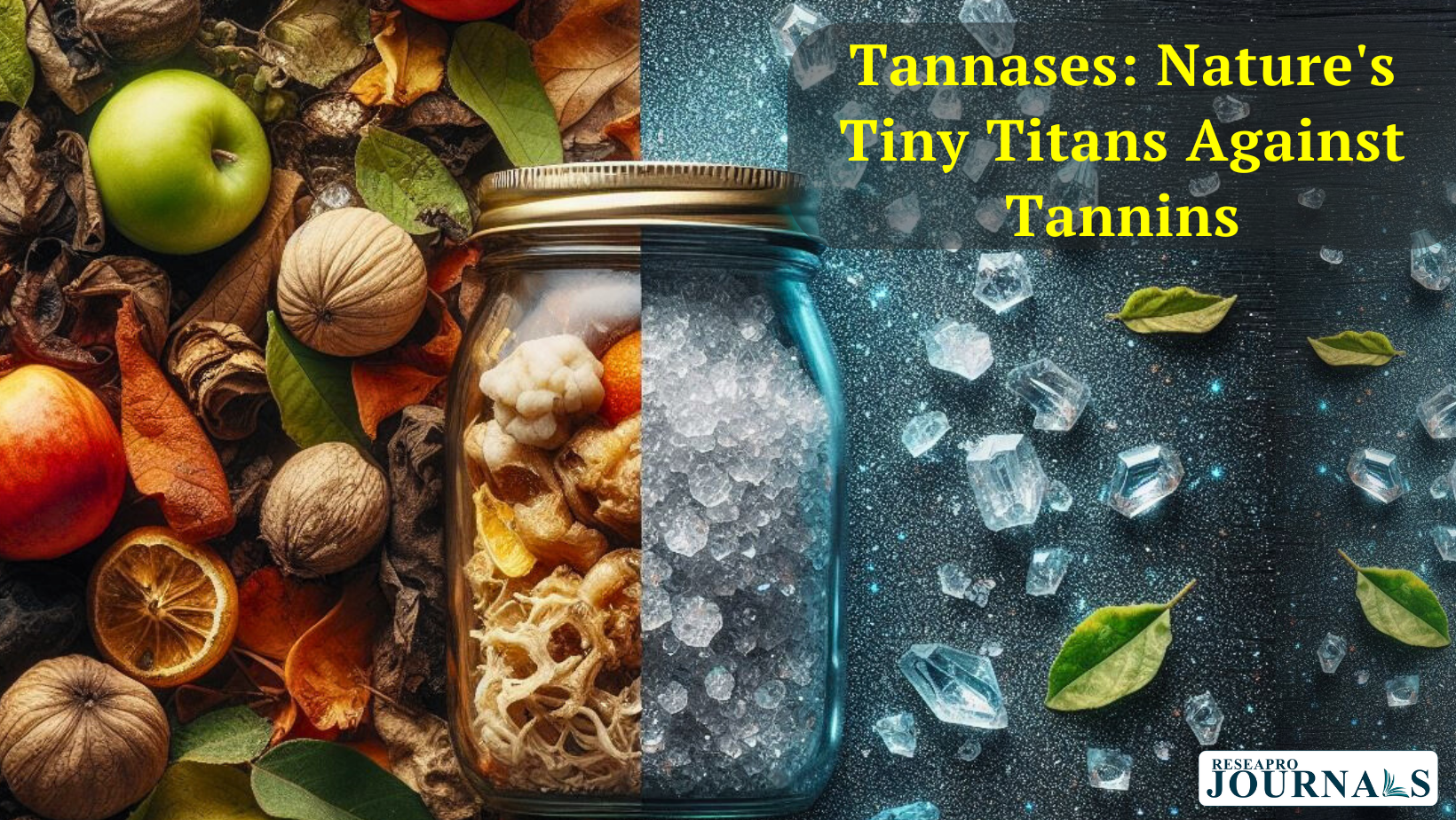Did you know that there are tiny enzymes out there called tannases that can have a big impact on our environment? These little powerhouses can break down tannins, a type of natural compound found in plants and in the harmful wastewater from tanneries.
What are tannins?
Tannins are astringent compounds that give plants a bitter taste and protect them from herbivores. They can also be found in high concentrations in tannery wastewater, which can be toxic to aquatic life.
How do tannases work?
Tannases are enzymes that can break down tannins into simpler molecules, such as gallic acid. This process makes the tannins less harmful and easier to treat in wastewater.
Why are tannases important?
Tannases have the potential to be a game-changer for the environment. They can be used to:
• Reduce pollution from tanneries: By breaking down tannins in wastewater, tannases can help to clean up polluted rivers and streams.
• Create new products: Gallic acid, which is produced by the breakdown of tannins, can be used in a variety of products, such as cosmetics and pharmaceuticals.
• Make agriculture more sustainable: Tannases can be used to break down tannins in plant waste, which can then be used as compost or fertilizer.
What’s the future of tannases?
With their many potential benefits, tannases are a promising technology for a greener future. As research continues, we can expect to see even more ways that these tiny enzymes can be used to make a big difference.




